Home>Furniture>Outdoor Furniture>How To Clean Decking
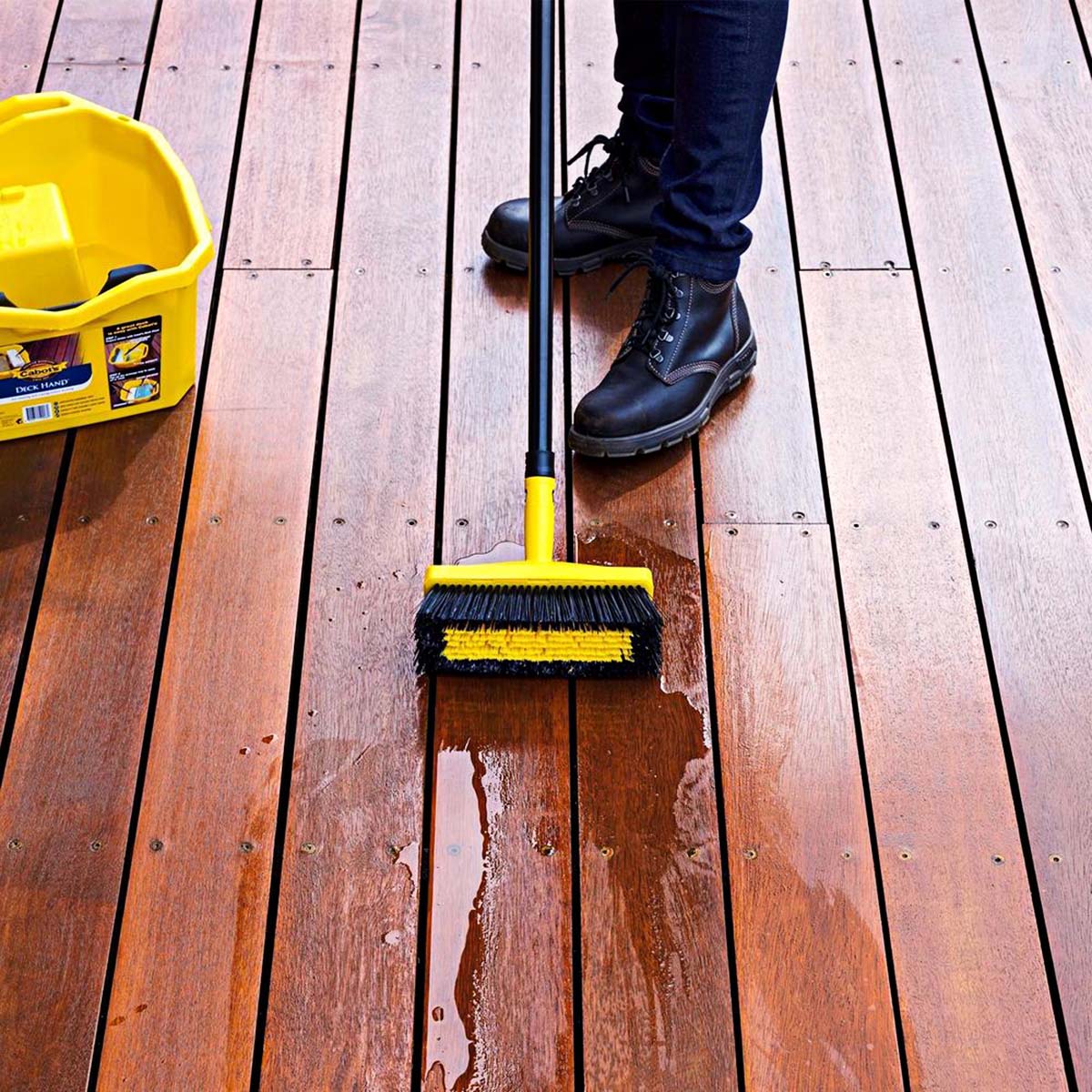

Outdoor Furniture
How To Clean Decking
Modified: March 7, 2024
Learn the best methods for cleaning outdoor furniture, including decking, to keep it looking fresh and vibrant. Enhance the longevity of your outdoor furniture with our expert tips.
(Many of the links in this article redirect to a specific reviewed product. Your purchase of these products through affiliate links helps to generate commission for Storables.com, at no extra cost. Learn more)
Introduction
Welcome to our comprehensive guide on how to clean decking. Decks are a wonderful addition to any outdoor space, providing a perfect area for relaxation, entertainment, and enjoying the great outdoors. However, over time, exposure to the elements and regular foot traffic can cause your deck to accumulate dirt, grime, and even mildew.
Regular cleaning is crucial to not only maintain the beauty of your deck but also to ensure its longevity. By following the right cleaning techniques and using appropriate tools and solutions, you can easily revitalize your deck and keep it looking pristine for years to come.
In this article, we will walk you through the steps of preparing for deck cleaning, choosing the right cleaning solution, and provide a step-by-step guide on how to clean your decking effectively. We will also share some valuable tips on how to maintain a clean deck and answer some frequently asked questions.
So, roll up your sleeves and get ready to give your deck the TLC it deserves!
Key Takeaways:
- Keep your deck looking great by cleaning it at least once a year. Choose the right cleaning solution and tools, and follow a step-by-step guide for a thorough clean.
- Maintain a clean deck by sweeping regularly, wiping up spills, and applying a protective sealant. Be cautious with pressure washers and avoid harsh chemicals.
Read more: How To Clean Azek Decking
Preparing for Deck Cleaning
Before you begin the process of cleaning your deck, it’s important to take some preparatory steps to ensure the best results. Here are some key things to consider:
- Clear the deck: Remove all furniture, planters, and any other items from your deck. This will allow you to clean the surface thoroughly without any obstructions.
- Sweep the deck: Use a broom or leaf blower to remove any loose debris, leaves, or dirt from the deck surface. Pay close attention to the gaps between the boards and the edges.
- Check for any loose or damaged boards: Take a close look at your deck for any boards that may be rotting, warped, or loose. Replace or repair them before proceeding with the cleaning process.
- Protect nearby plants and structures: If you have plants or delicate structures near your deck, cover them with plastic sheets or drop cloths to prevent any damage from the cleaning solution.
- Wear protective gear: It’s important to protect yourself while cleaning. Wear gloves, safety goggles, and clothing that covers your skin to avoid any contact with the cleaning chemicals.
By taking these preliminary steps, you can ensure a smooth and efficient cleaning process without any hindrances. Once you’ve prepared your deck, you’re ready to move on to choosing the right cleaning solution.
Choosing the Right Cleaning Solution
When it comes to cleaning your decking, selecting the right cleaning solution is crucial. The type of decking material you have will determine the appropriate cleaning solution to use. Here are a few options to consider:
- Mild soap and water: For most types of decking, a simple solution of mild dish soap or laundry detergent mixed with water can be effective. This solution is gentle yet powerful enough to lift dirt and grime without damaging the surface.
- Specialized deck cleaners: There are numerous deck cleaning products available on the market specifically formulated for different types of decking materials. These products are designed to effectively remove stains, mold, and mildew without causing any harm to the surface. Be sure to follow the manufacturer’s instructions when using these cleaners.
- Bleach solution: In cases where your deck has tough stains or mildew buildup, a bleach solution can be used. Mix one part household bleach with three parts water and apply it to the deck surface. However, it’s important to exercise caution when using bleach, as it can discolor or damage certain types of decking materials.
- Environmentally-friendly options: If you prefer more eco-friendly cleaning solutions, there are natural alternatives available. Vinegar, baking soda, or hydrogen peroxide can be mixed with water to create a safe and effective cleaning solution.
Before applying any cleaning solution to your entire deck, it’s recommended to test it on a small, inconspicuous area first to ensure it doesn’t cause any discoloration or damage. Additionally, always follow the product instructions and use protective gloves and eyewear when handling cleaning solutions.
Now that you’ve chosen the appropriate cleaning solution for your deck, let’s move on to discussing the necessary tools and equipment needed for the cleaning process.
Tools and Equipment Needed
Having the right tools and equipment is essential for effectively cleaning your deck. Here are the key items you’ll need:
- Broom or leaf blower: A broom or leaf blower can be used to sweep away loose debris, leaves, and dirt from the deck surface before cleaning.
- Stiff-bristle brush or deck scrubber: A stiff-bristle brush or deck scrubber will help scrub away tough stains and grime from the deck. Choose a brush with bristles that are suitable for your decking material to avoid scratching or damaging the surface.
- Pressure washer (optional): If you have access to a pressure washer, it can be a powerful tool for deep cleaning your deck. However, it’s important to use it with caution and follow the manufacturer’s instructions, as excessive pressure can damage the wood or composite material.
- Safety goggles and gloves: Protect your eyes and hands by wearing safety goggles and gloves throughout the cleaning process.
- Bucket or sprayer: Depending on the cleaning solution you choose, you’ll need a bucket or sprayer to mix and apply the solution to the deck surface.
- Protective coverings: If you have nearby plants, delicate structures, or surfaces that may be affected by the cleaning solution, use plastic sheets or drop cloths to cover and protect them.
- Water source: Ensure you have access to a water source for rinsing off the deck after cleaning.
Having these tools and equipment readily available will save you time and effort during the cleaning process. Now that you’re equipped with the necessary tools, let’s move on to the step-by-step guide for cleaning your decking.
Regularly sweep or use a leaf blower to remove debris from your decking. This will prevent dirt and grime from building up and making it harder to clean later on.
Step-by-Step Guide for Cleaning Decking
Follow these simple steps to effectively clean your decking:
- Prepare the cleaning solution: Mix the appropriate cleaning solution according to the instructions provided. Whether you’re using a mild soap and water mixture, a specialized deck cleaner, or a bleach solution, ensure the proportions are correct for the best results.
- Wet the deck: Use a hose or watering can to thoroughly wet the entire deck surface. This will help prepare the wood or composite material for the cleaning solution.
- Apply the cleaning solution: Using a brush or sprayer, apply the cleaning solution evenly onto the deck surface. Work in manageable sections to ensure the solution doesn’t dry out before you have a chance to scrub it.
- Scrub the deck: Use a stiff-bristle brush or deck scrubber to scrub the deck surface, focusing on areas with stains or heavy dirt buildup. Apply some pressure while scrubbing to agitate and loosen the grime.
- Rinse the deck: After scrubbing, rinse off the cleaning solution and loosened dirt by spraying the deck with water. Use a hose or pressure washer on low pressure, starting from one end and working your way towards the other end of the deck.
- Check for remaining stains: If there are any stubborn stains or spots that didn’t come off during the initial cleaning, you may need to repeat the scrubbing and rinsing process. For tough stains, you may also consider using a specialized stain remover.
- Dry the deck: Allow the deck to air dry completely before returning any furniture or plants. This will prevent moisture from getting trapped and potentially damaging the wood or composite material.
Remember to work with small sections at a time, ensuring that the cleaning solution doesn’t dry on the deck surface before rinsing. Taking these steps will help you achieve a clean and revitalized deck.
Now that you’ve successfully cleaned your decking, let’s move on to some tips for maintaining a clean and beautiful deck.
Read more: How To Clean Composite Decking
Tips for Maintaining a Clean Deck
After spending the time and effort to clean your deck, you’ll want to ensure it stays in great condition for as long as possible. Here are some essential tips for maintaining a clean and beautiful deck:
- Sweep regularly: Keep your deck free from dirt, leaves, and debris by sweeping it regularly. This will prevent the accumulation of grime and reduce the need for frequent deep cleaning.
- Wipe up spills promptly: If any spills occur on your deck, make sure to wipe them up promptly to prevent staining or damage to the surface.
- Trim vegetation near the deck: Trim any overhanging branches or nearby plants that may create moisture buildup or shade on the deck. This will help prevent the growth of mold and mildew.
- Use furniture pads: Place furniture pads or coasters under the legs of your outdoor furniture to prevent scratches or indentations on the deck surface.
- Apply a protective sealant: Consider applying a protective sealant to your deck. This will help protect the wood or composite material from UV rays, moisture, and general wear and tear.
- Avoid using harsh chemicals: When cleaning your deck, opt for gentle cleaning solutions and avoid using harsh chemicals or abrasive cleaners that can damage the surface.
- Inspect and repair: Regularly inspect your deck for any signs of damage, such as loose boards or nails. Repair or replace them as needed to maintain the structural integrity of your deck.
- Consider regular maintenance treatments: Depending on the type of decking material you have, periodic treatments such as staining or painting may be necessary to enhance its longevity and appearance. Consult the manufacturer’s guidelines for the appropriate maintenance schedule.
By following these tips, you can ensure that your deck remains clean, safe, and visually appealing throughout the year. Incorporate these practices into your deck maintenance routine to enjoy your outdoor space to the fullest.
Now, let’s address some frequently asked questions related to deck cleaning.
Frequently Asked Questions (FAQs)
Here are some commonly asked questions about deck cleaning:
- Q: How often should I clean my deck?
- Q: Can I use a pressure washer to clean my deck?
- Q: How can I prevent mold and mildew from growing on my deck?
- Q: Should I sand my deck after cleaning?
- Q: Can I use a bleach solution on all types of decking?
A: The frequency of deck cleaning depends on various factors such as location, climate, and amount of foot traffic. As a general guideline, it’s recommended to clean your deck at least once a year. However, if you notice heavy dirt buildup or stains, it may be necessary to clean it more frequently.
A: Yes, you can use a pressure washer to clean your deck. However, it’s important to use it with caution. Set the pressure to a low setting and maintain a safe distance from the deck surface to prevent damage. Follow the manufacturer’s instructions and test the pressure washer on a small, inconspicuous area of the deck first.
A: To prevent mold and mildew, ensure there is proper airflow and sunlight around your deck. Trim vegetation that creates shade and moisture buildup. Additionally, clean up any organic debris, such as leaves, on a regular basis to minimize favorable conditions for mold and mildew growth.
A: Sanding your deck after cleaning is not always necessary. However, if there are rough or splintered areas, sanding can help smooth them out. Use a medium-grit sandpaper and follow the wood grain to achieve the best results.
A: Bleach can be used on certain types of decking, such as pressure-treated wood. However, it may not be suitable for all materials. Check the manufacturer’s guidelines and perform a test on a small area before using a bleach solution on your entire deck.
If you have any additional questions or concerns about deck cleaning, consult with a professional or contact the manufacturer of your decking material for specific recommendations.
Now, let’s wrap up this guide on cleaning decking.
Conclusion
Cleaning your deck is an essential part of its maintenance and longevity. By following the steps and tips outlined in this comprehensive guide, you can keep your deck looking its best and prolong its lifespan.
Start by preparing your deck for cleaning, removing any furniture and sweeping away loose debris. Choose the right cleaning solution based on your decking material and gather the necessary tools and equipment. Follow the step-by-step guide to thoroughly clean your deck, paying attention to stubborn stains and ensuring a thorough rinse.
To maintain a clean deck, regularly sweep away dirt and debris, promptly wipe up spills, and trim vegetation that may contribute to mold or mildew growth. Consider applying a protective sealant and perform periodic maintenance treatments as recommended for your specific decking material.
Remember to exercise caution when using a pressure washer and avoid using harsh chemicals that could damage the surface of your deck. Regularly inspect your deck for any signs of wear or damage and address them promptly to prevent further issues.
By following these guidelines and incorporating them into your deck maintenance routine, you can enjoy a beautiful and well-maintained outdoor space for years to come.
We hope this guide has provided valuable insights and answered any questions you may have had about cleaning decking. Now, go ahead and give your deck the TLC it deserves!
Frequently Asked Questions about How To Clean Decking
Was this page helpful?
At Storables.com, we guarantee accurate and reliable information. Our content, validated by Expert Board Contributors, is crafted following stringent Editorial Policies. We're committed to providing you with well-researched, expert-backed insights for all your informational needs.
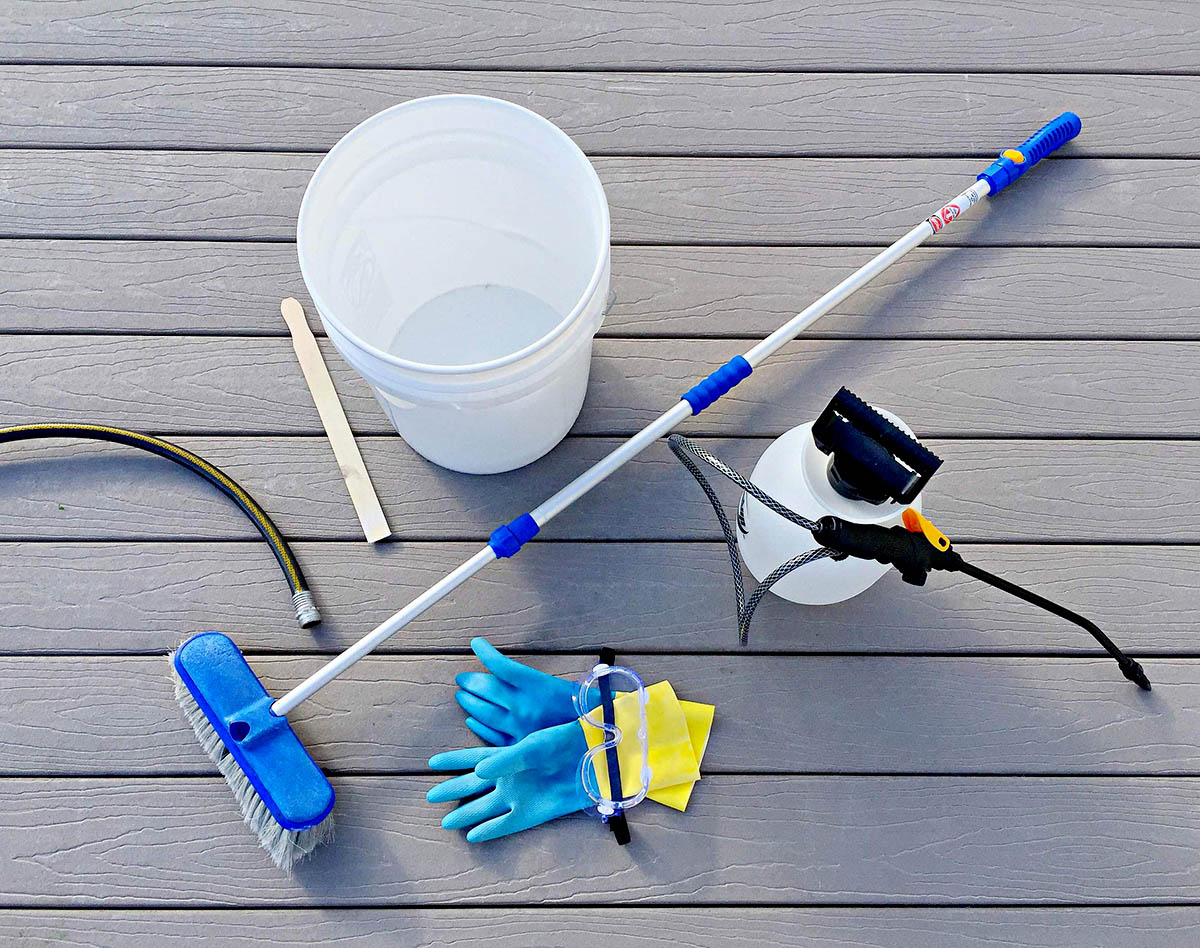
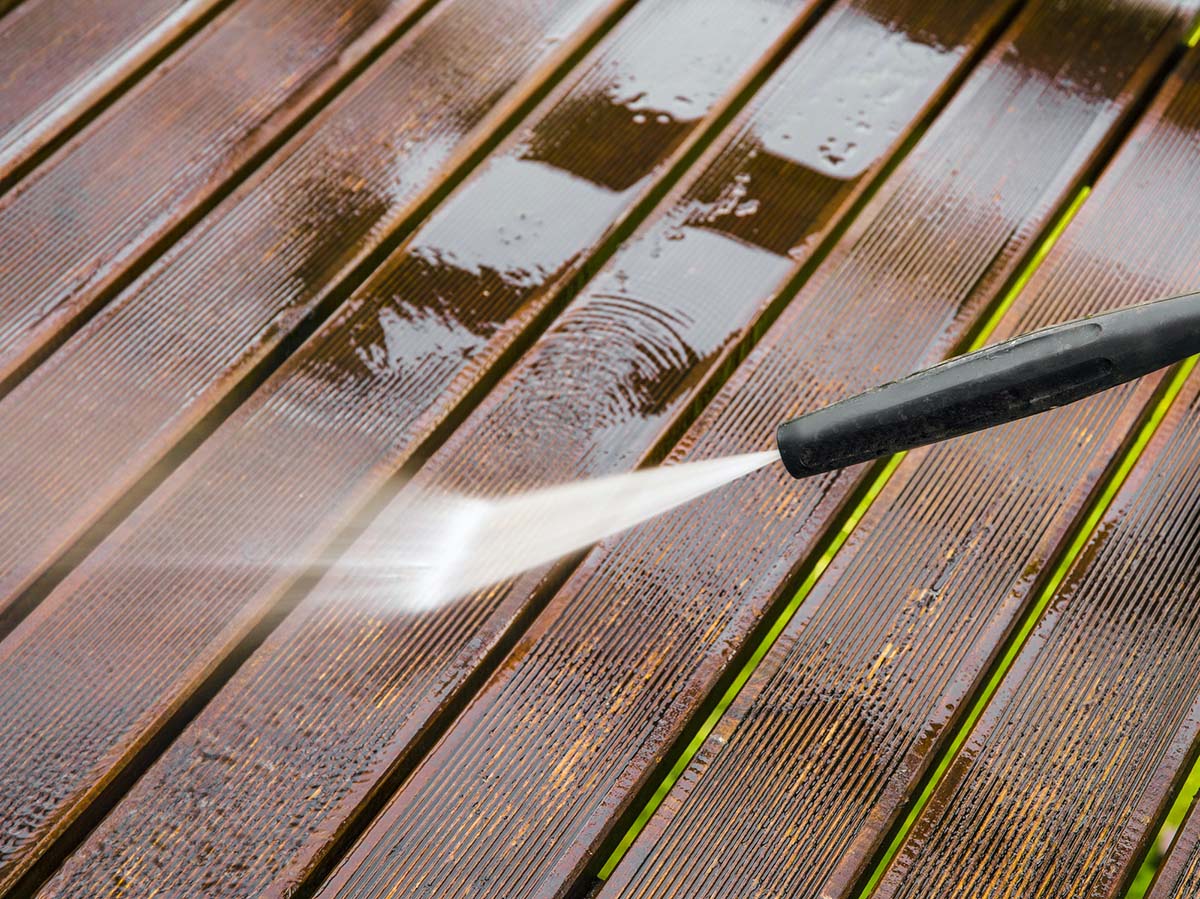
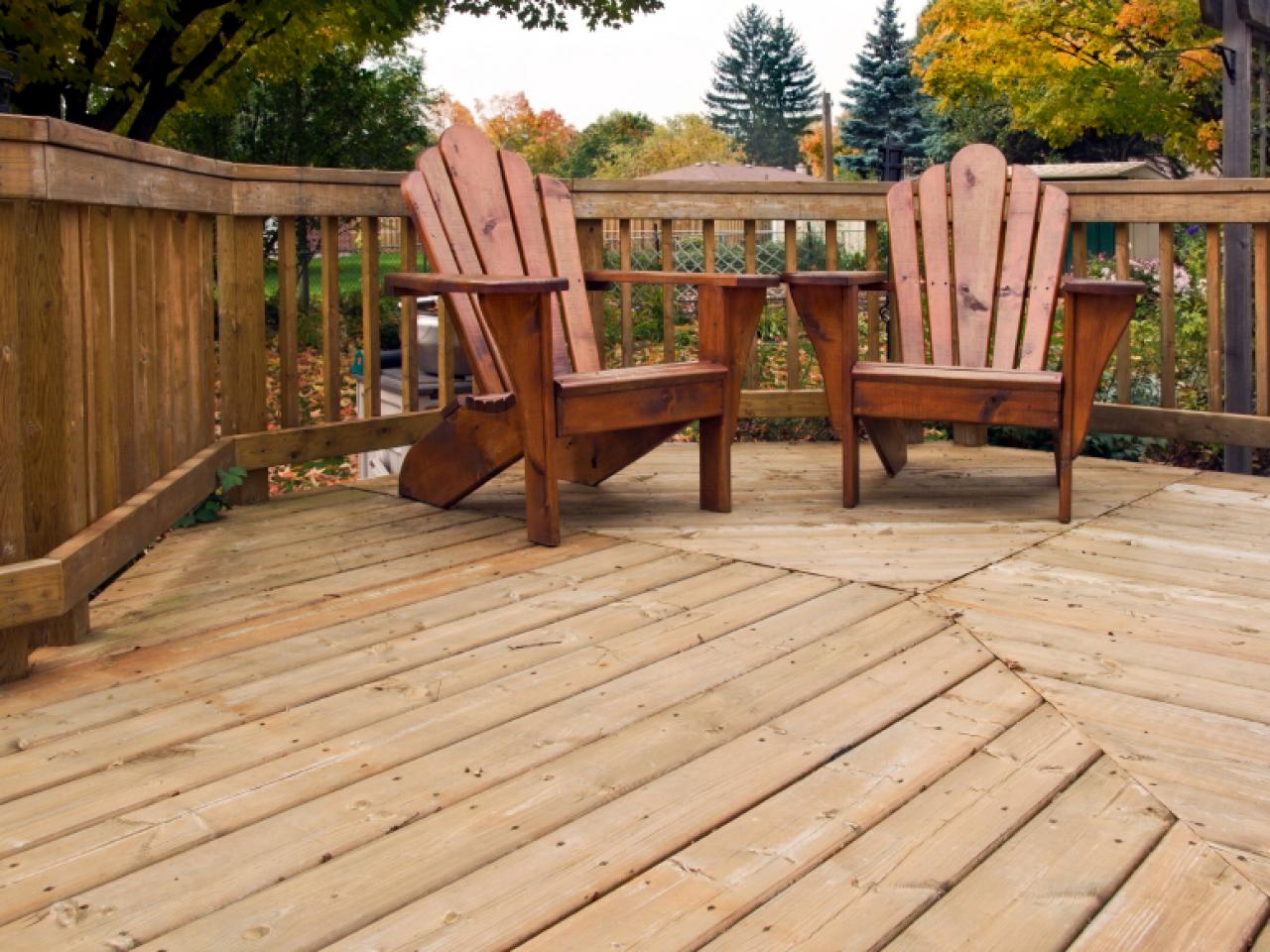
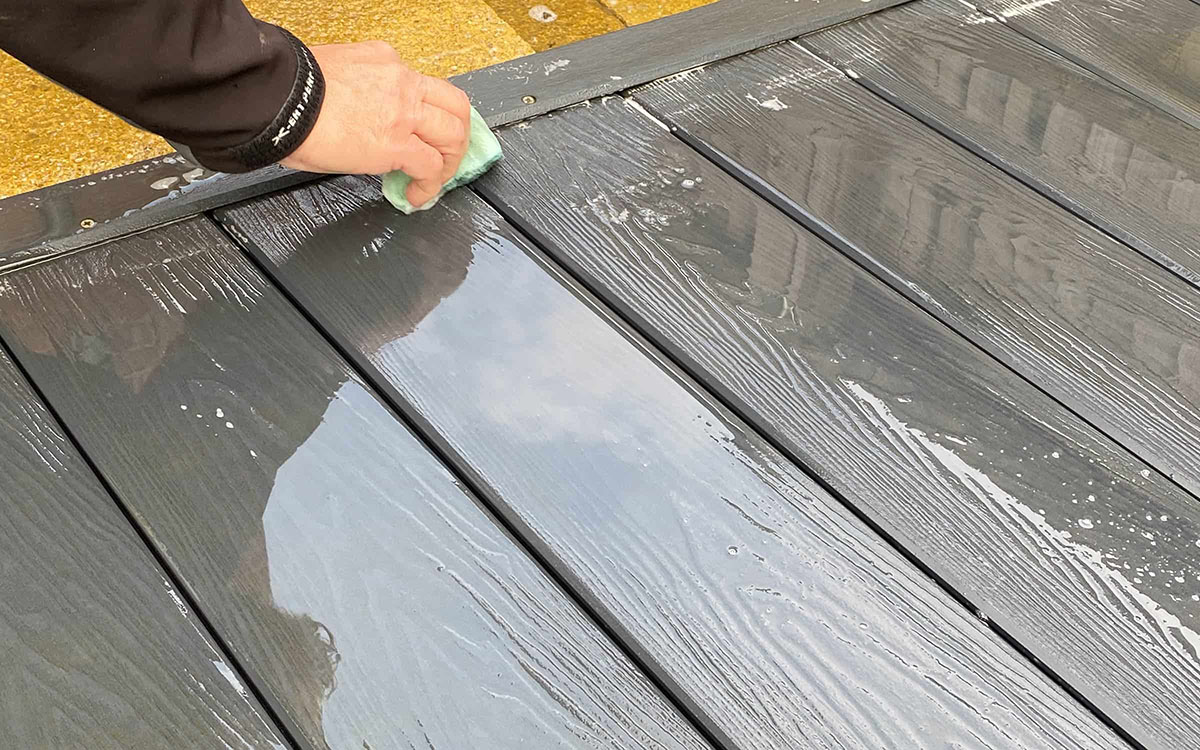
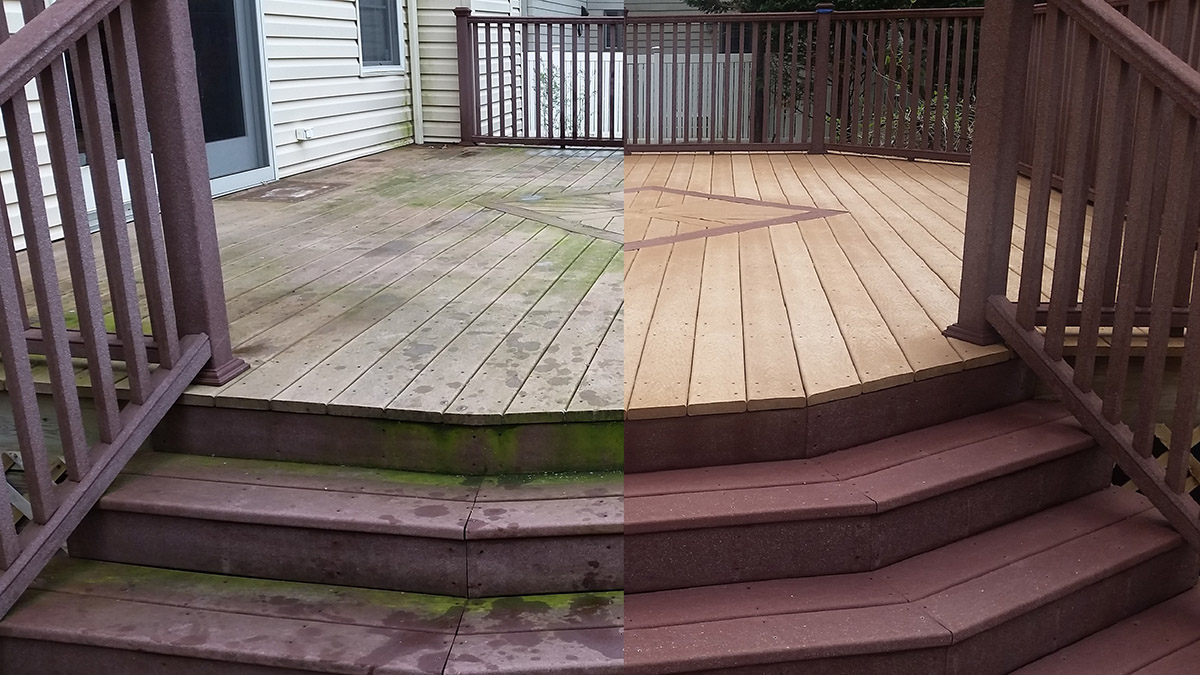
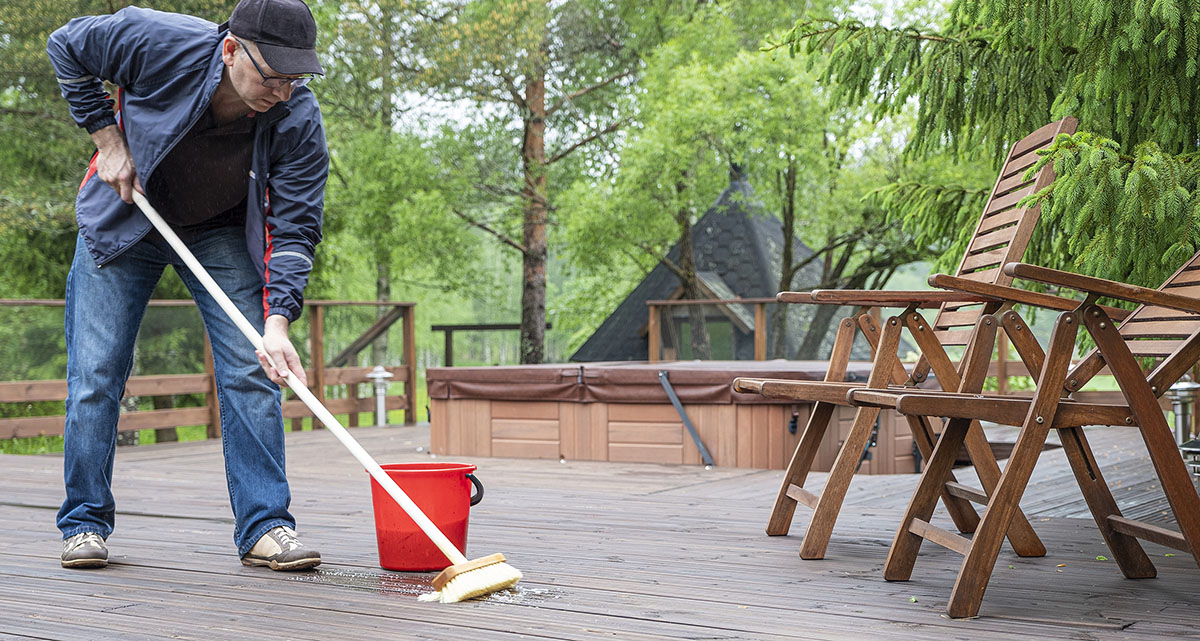
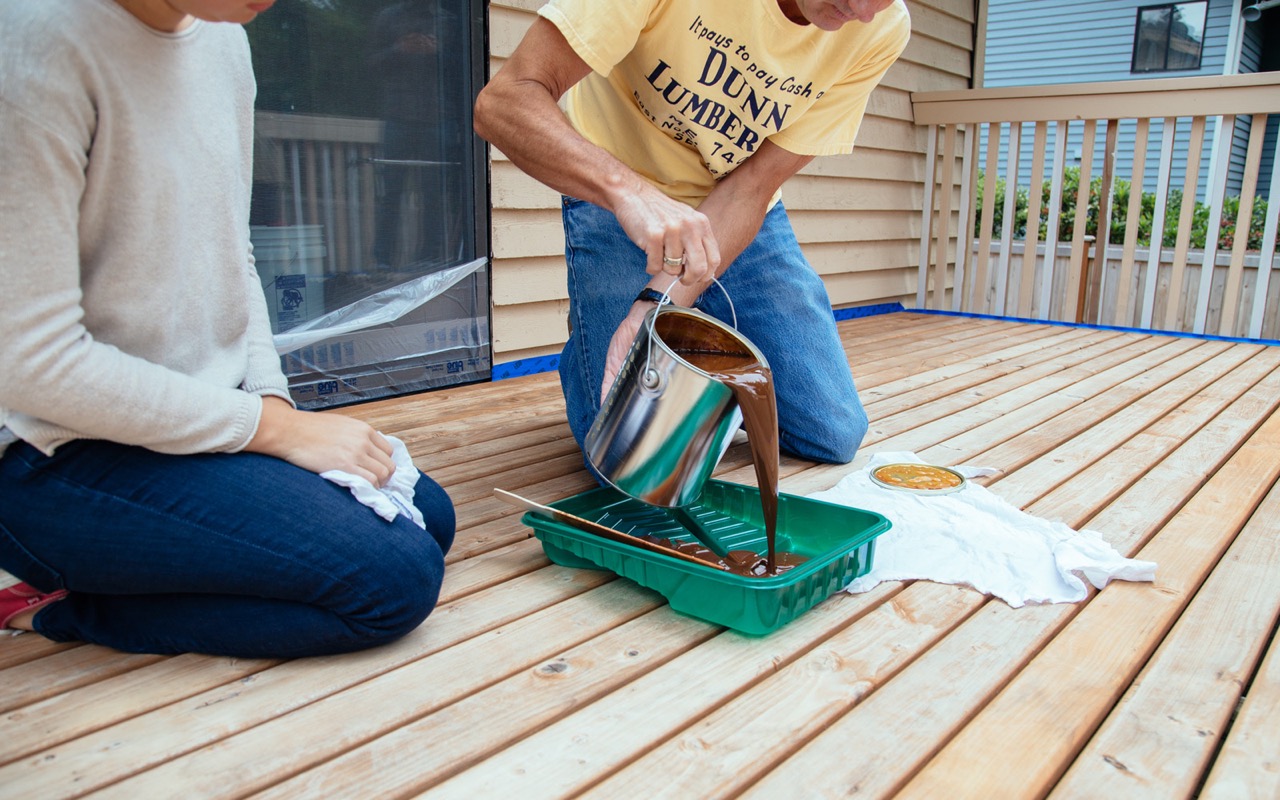
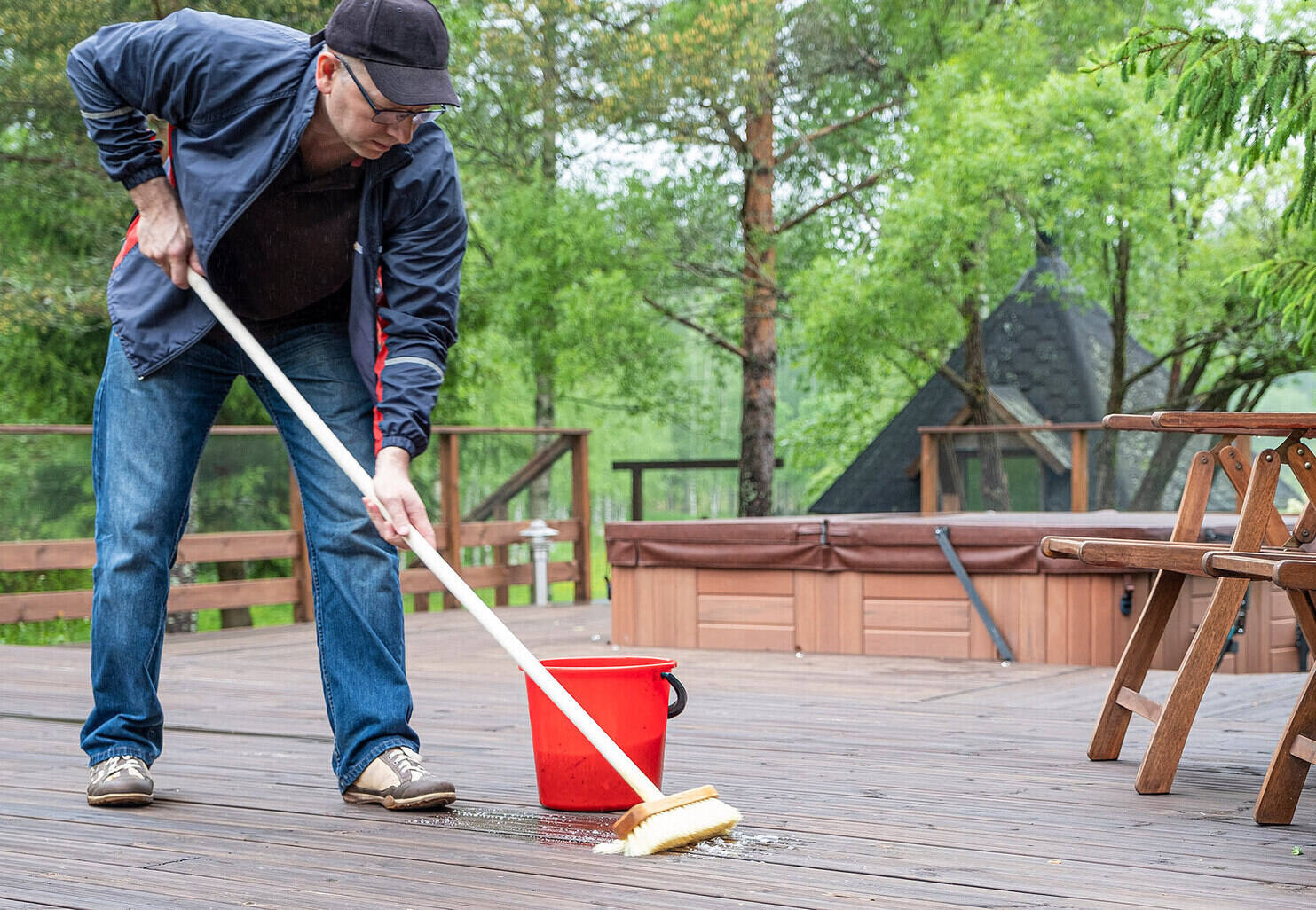
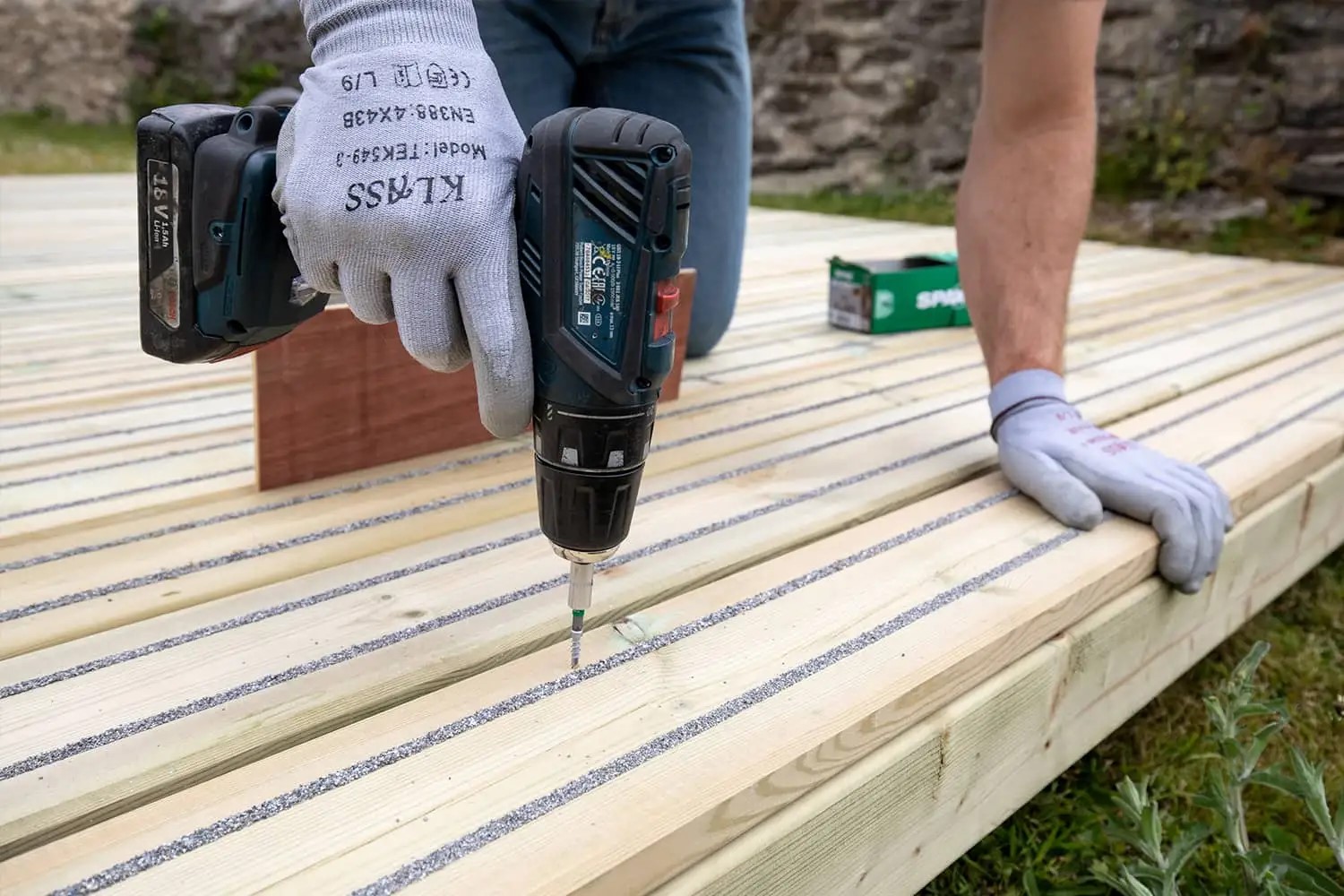
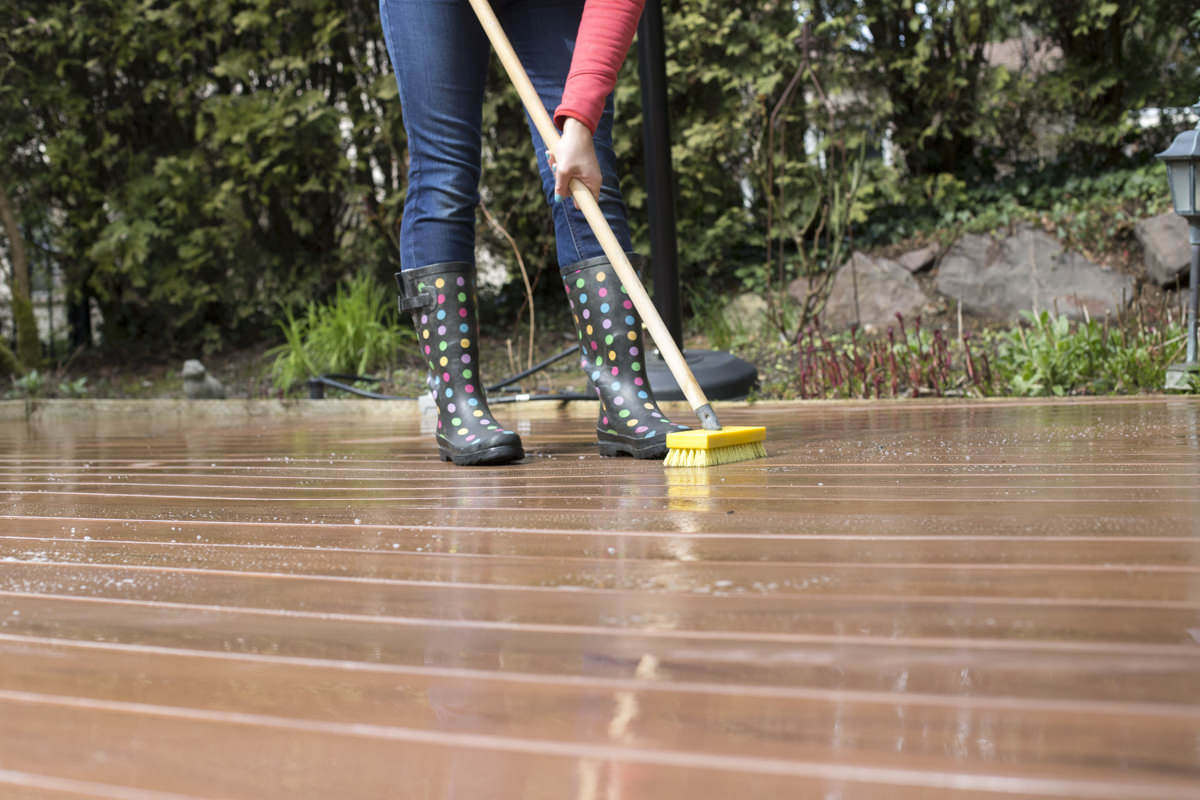
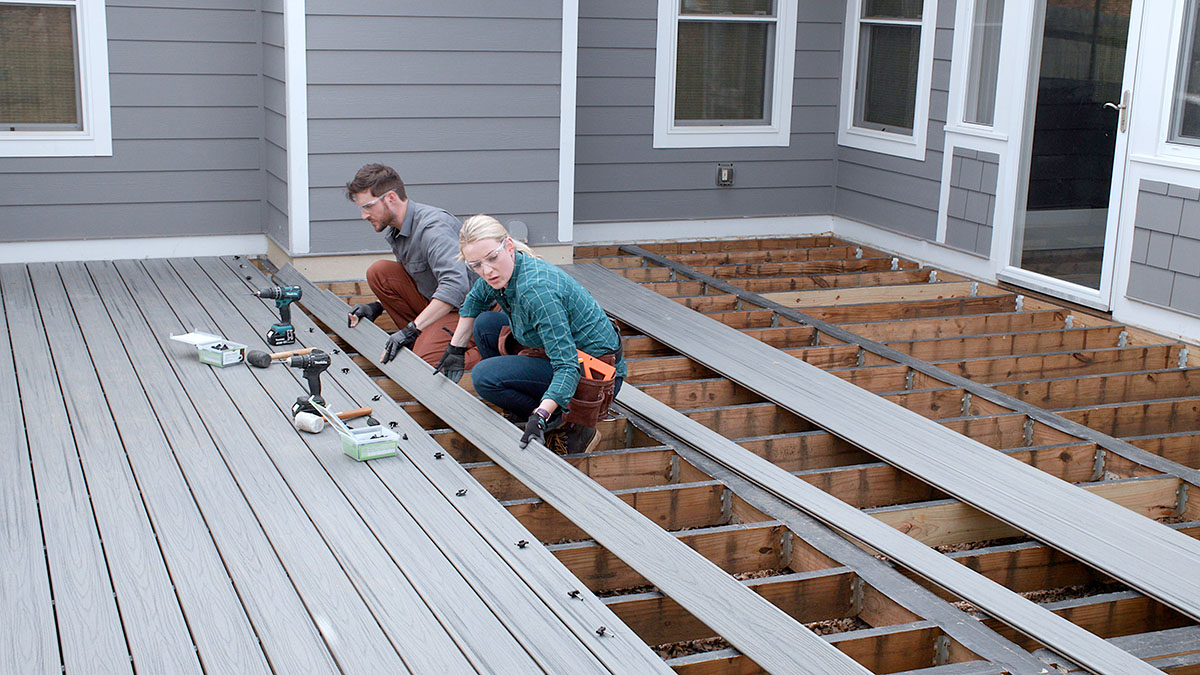
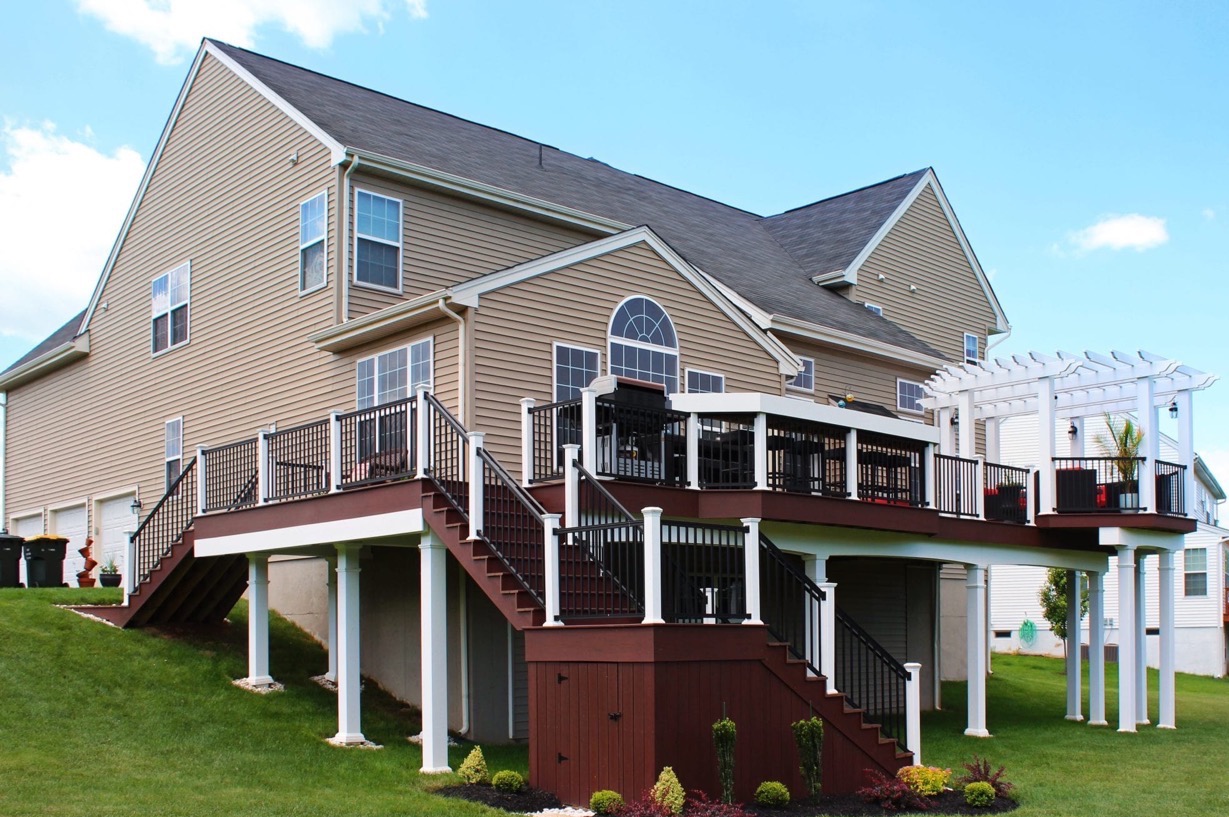
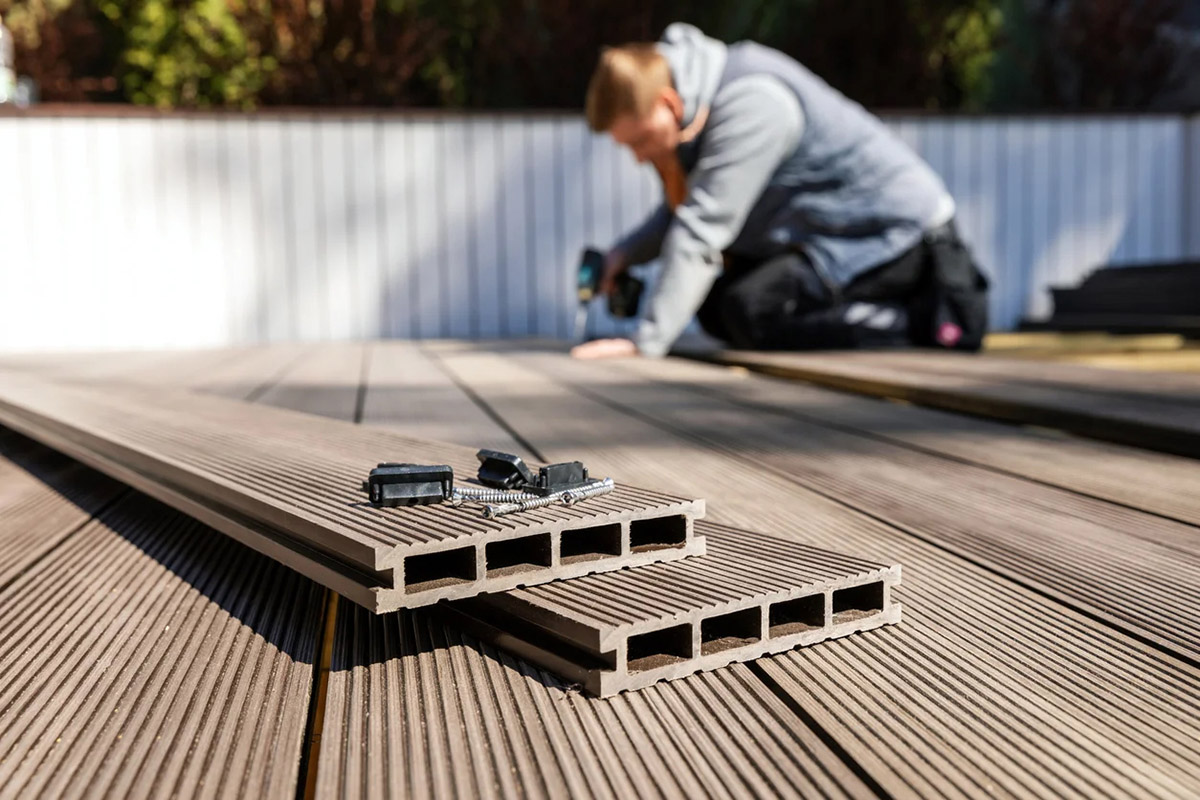
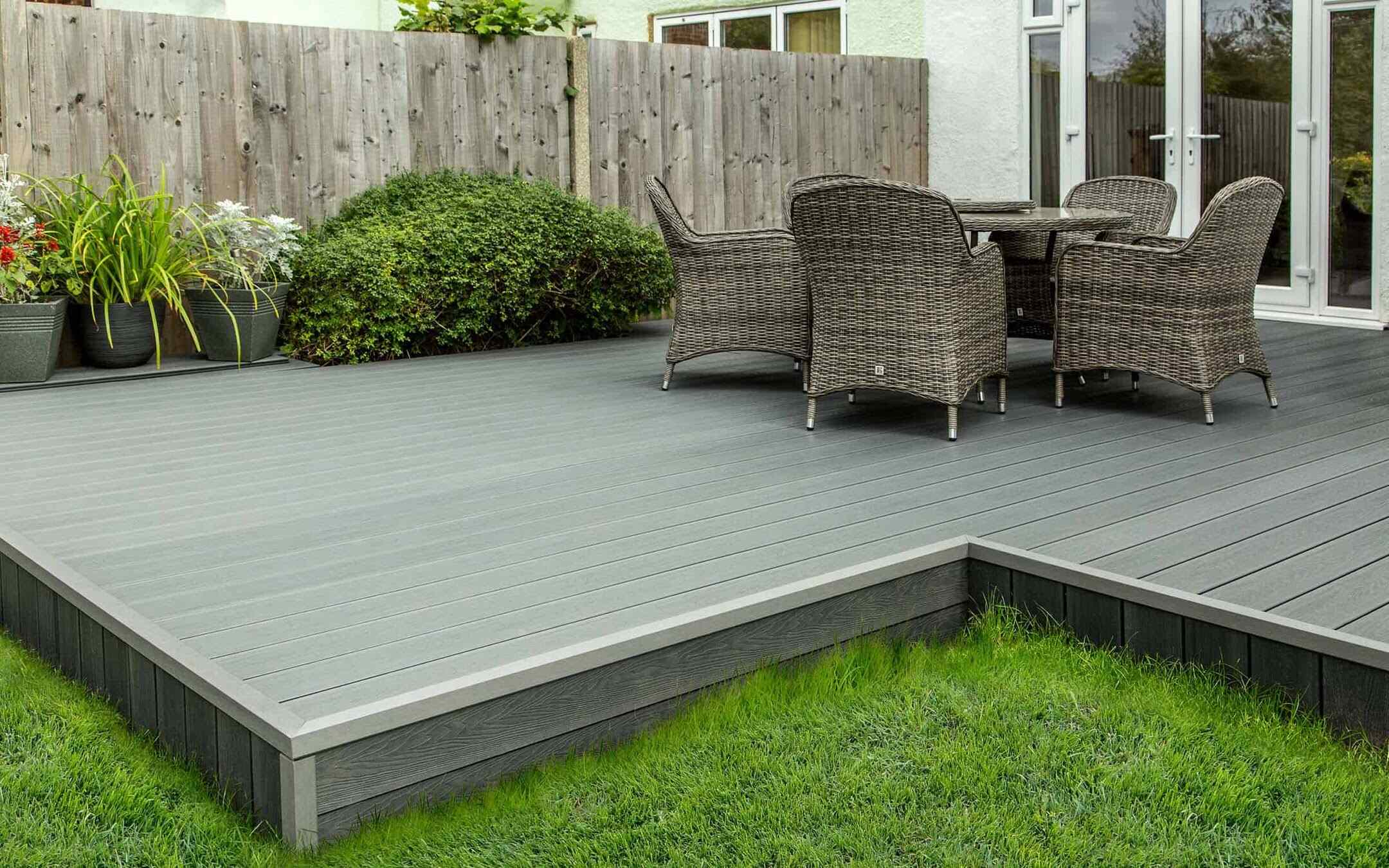

0 thoughts on “How To Clean Decking”